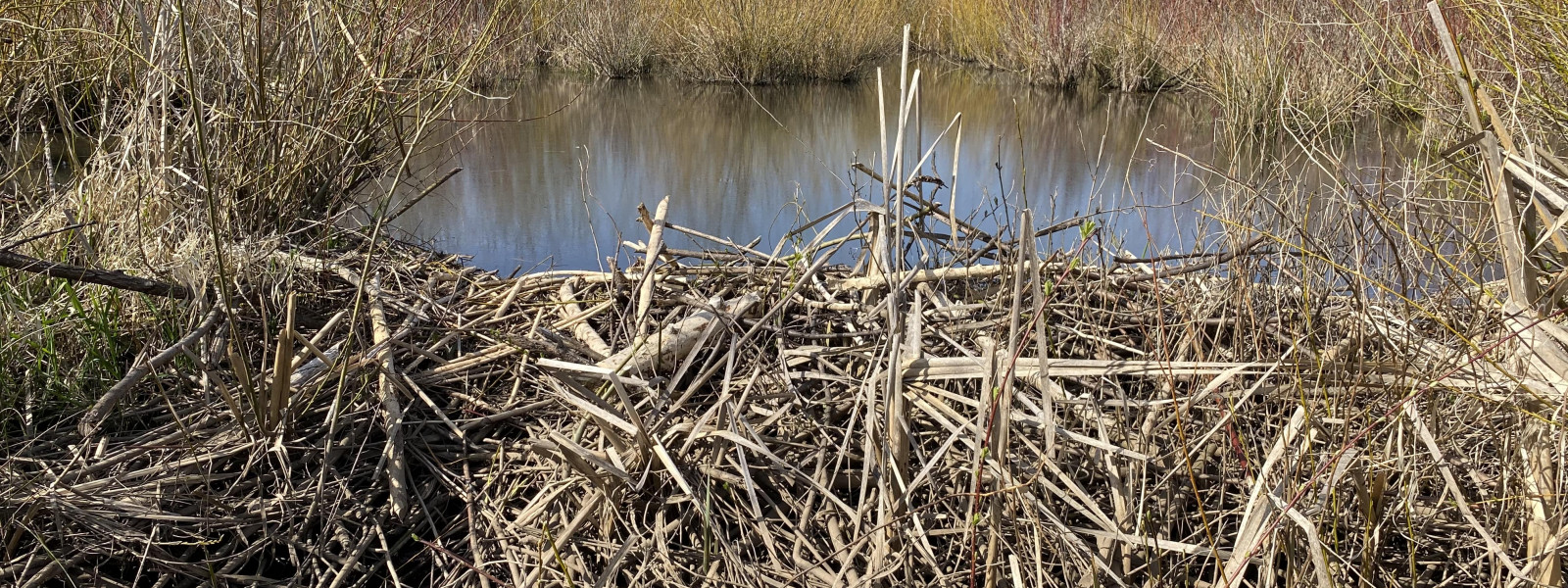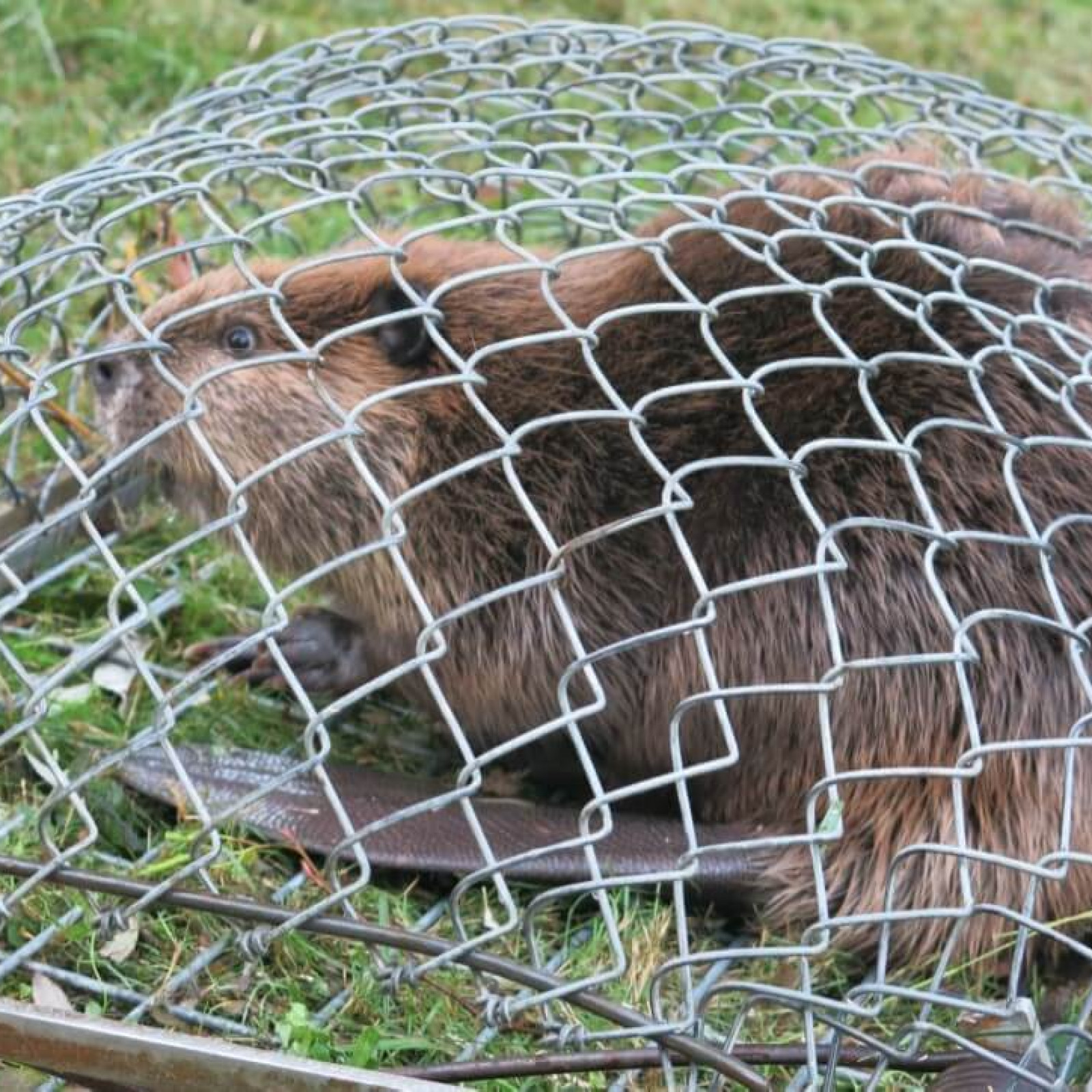
Living With Beavers
Regulations
Understanding House Bill 3464: A Change for Beaver Management in Oregon
In the state of Oregon, beavers are currently classified as rodents under ORS 610, leading to unrestricted lethal removal without permits or reporting. House Bill 3464 aims to redefine this classification, designating beavers as “furbearers” on private lands, aligning with their existing classification on public lands. Similar animals, like foxes and raccoons, fall under the furbearer category.
What does House Bill 3464 propose?
House Bill 3464 seeks to require landowners to obtain a permit from the Oregon Department of Fish and Wildlife (ODFW) if they intend to use lethal methods for beaver removal on private lands. The bill also mandates reporting of any beaver killings.
Has House Bill 3464 passed?
Yes, House Bill 3464 successfully passed through both the house and the senate. Governor Tina Kotek signed the bill into law in July 2023. The changes brought by the bill are set to come into effect in 2024. Once in effect, landowners will need to secure a permit from ODFW before resorting to lethal beaver management and report any instances of lethal removal.
Important Update: Before passing the house, an amendment was introduced to allow lethal removal without a permit if there is an immediate threat to infrastructure. We are committed to keeping you informed about any new developments in the permitting process. Stay tuned for updates on how these changes will impact beaver management practices in Oregon.

Understanding Beaver Trapping Regulations in Oregon: Considerations for Responsible Practices
Kill Trappers: Historically, kill trappers don't exclusively target beavers. House pets, rare species, and even children may be at risk for injury. It's crucial to prioritize safety and environmental responsibility. We strongly recommend contacting a professional before considering the use of trappers.
Drowning Traps: Using drowning traps is considered inhumane and often ineffective. Beavers possess the ability to hold their breath underwater for extended periods, making drowning an unreliable method of trapping. We advocate for humane practices that prioritize the well-being of wildlife.
Live Trapping: Live trapping, when necessary, should be entrusted to trained professionals. This ensures that entire beaver families are captured and relocated humanely. However, it's important to note that relocating beavers may not offer a long-term solution, as new beaver families are likely to inhabit the area in subsequent years.
Understanding and adhering to responsible trapping practices is essential for the well-being of wildlife and the broader ecosystem. If you find yourself in a situation where trapping is necessary, seeking guidance from professionals ensures a humane and effective approach.